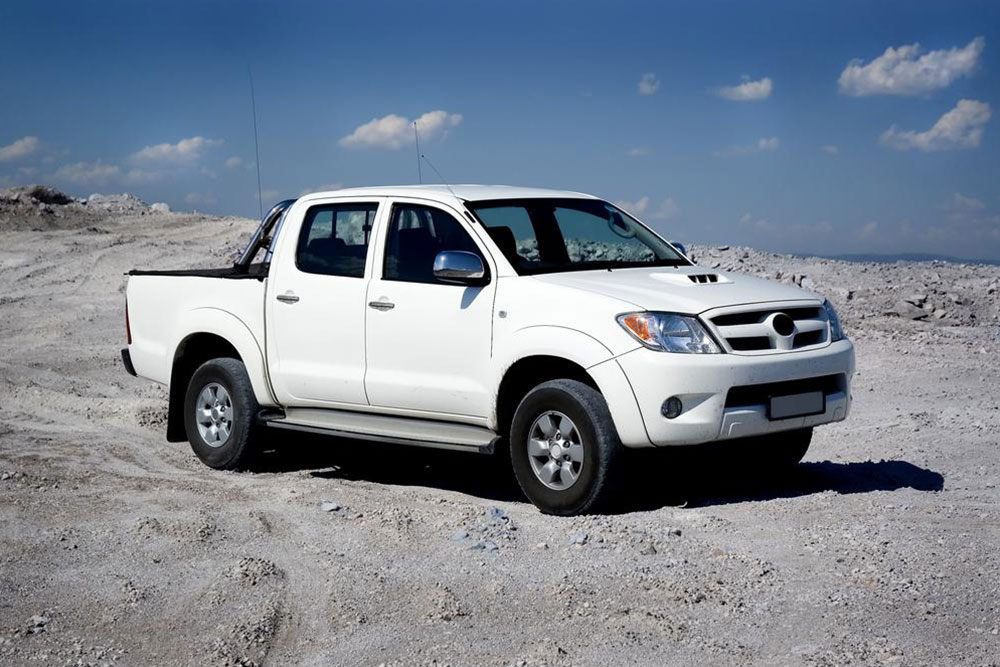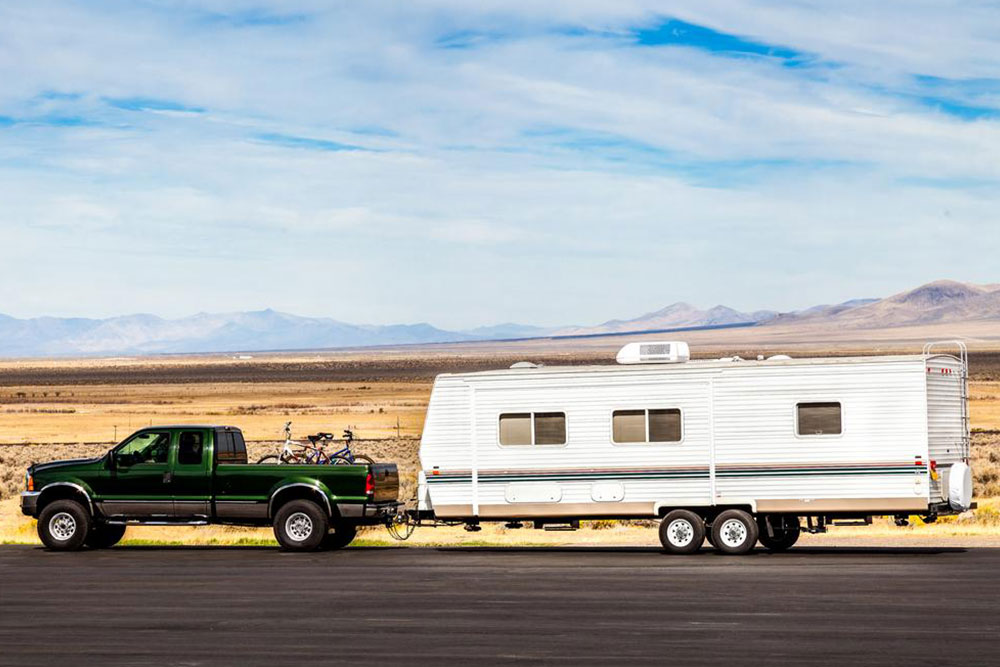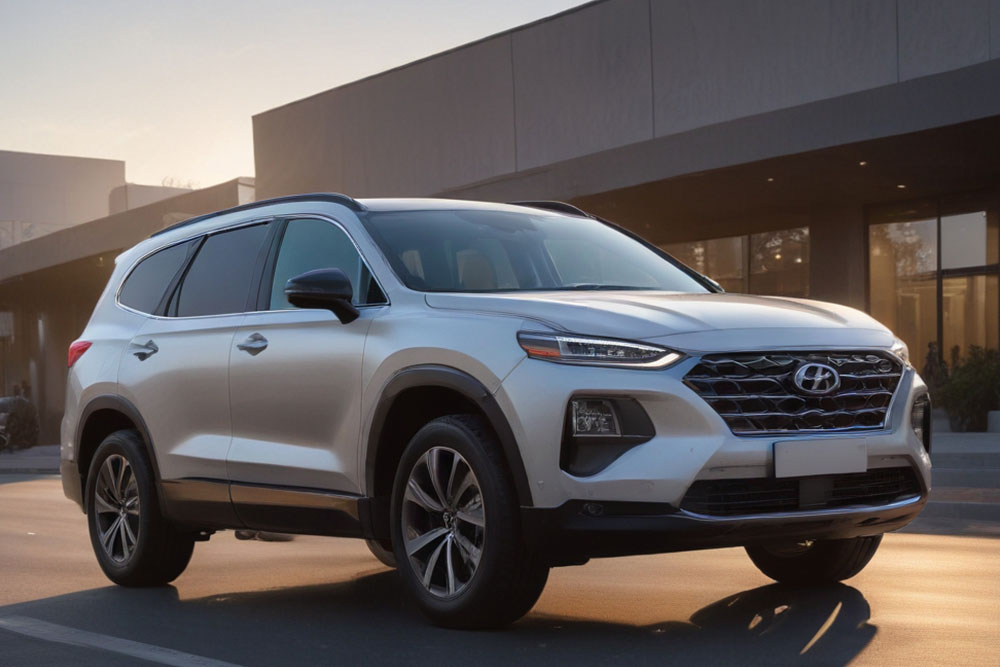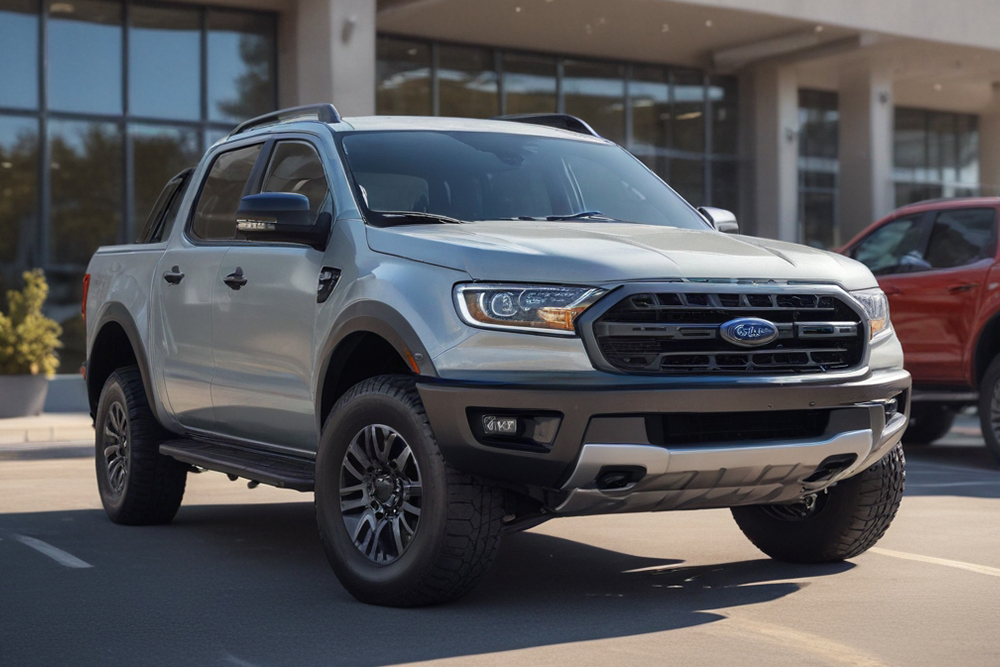Comprehensive Guide to Essential Factors When Buying a Truck
This comprehensive guide highlights essential factors to consider before purchasing a truck. From cab configurations and engine options to safety features, learning these critical aspects helps you make an informed decision. Whether used for work or personal purposes, understanding these details ensures the selection of the right vehicle that fits your needs, budget, and safety standards. The article provides practical tips and insights to streamline your truck-buying process, making it easier and more confident. Key considerations include cab styles, engine types, and safety technology to optimize your investment and driving experience.
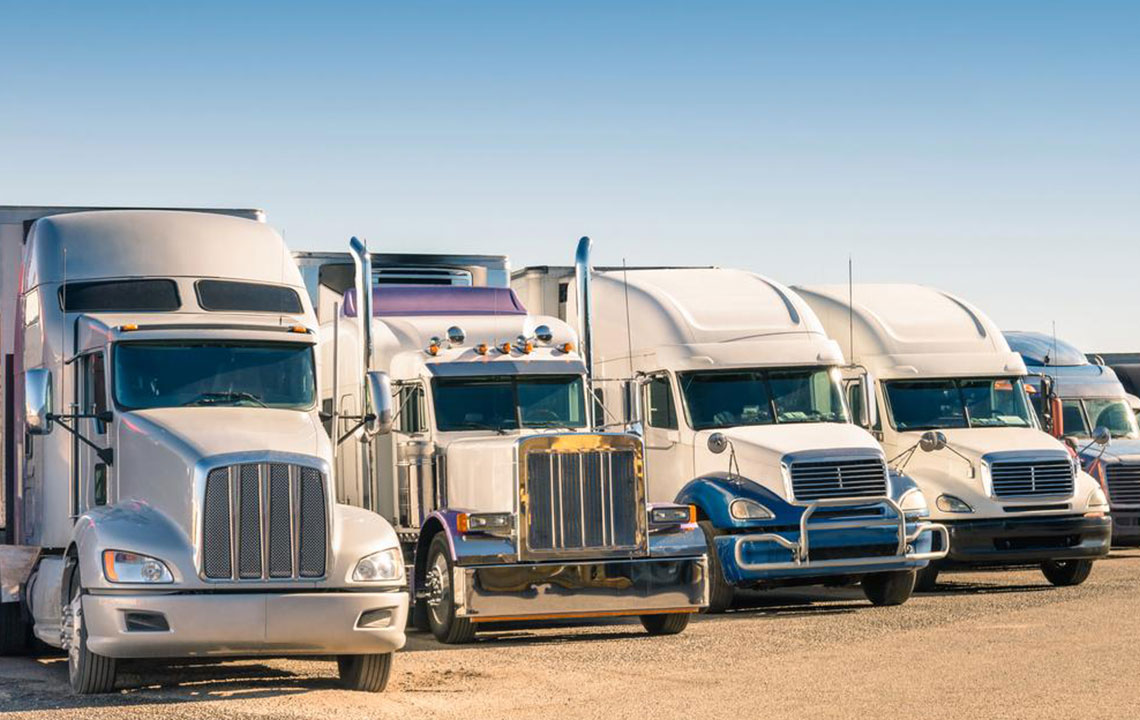
Key Considerations When Choosing the Right Truck
Investing in a truck is a significant decision that requires careful evaluation of numerous factors to ensure you select the most suitable vehicle for your needs. With an extensive array of models, specifications, and features available in the market today, it can be overwhelming to determine which truck best fits your personal or business requirements. A thoughtful approach that involves understanding your specific usage, budget, safety concerns, and desired features will pave the way for a successful purchase. This comprehensive guide aims to highlight the critical aspects you must consider before making this important investment.
Understanding Different Cab Configurations: The cab configuration is one of the first and most important choices you’ll face when selecting a truck. Manufacturers provide diverse cab styles designed to cater to different usage scenarios and passenger capacities. The most common types include regular cabs, extended cabs, and crew cabs. Each configuration offers unique advantages, and choosing the right one depends on your specific needs.
Regular Cabs: These are straightforward, most often equipped with two doors, and primarily designed for single-driver operation. They generally accommodate 2-3 passengers and are ideal for work-related tasks where cargo space or towing capacity is prioritized over passenger comfort.
Extended Cabs: Slightly larger than regular cabs, extended models provide additional space behind the front seats, often featuring small rear doors or fold-down seats. They offer increased cargo capacity and some passenger seating, balancing utility and comfort.
Crew Cabs: Also known as double or quad cab models, crew cabs come with four full-size doors and spacious back seats. They are best suited for transporting passengers comfortably and are often used by families or companies that require both passenger and cargo flexibility.
Some trucks also feature front-hinged or smaller doors to enhance accessibility and versatility, allowing for easier entry and exit, especially in tight spaces. When selecting a cab style, consider your typical usage, required passenger capacity, and cargo needs. The wrong choice can affect both your operational efficiency and driving comfort.
Engine Variants and Performance: Engine selection is a critical aspect influencing performance, fuel efficiency, and overall operating costs. Most full-size trucks come equipped with 6-cylinder engines, which provide a good balance of power and fuel economy. However, for heavier applications, such as towing large loads or hauling heavy cargo, trucks often feature V8 or V10 engines that deliver enhanced horsepower and torque.
Heavy-duty trucks, especially those used in commercial settings, frequently utilize diesel engines. Diesel engines are favored for their superior fuel efficiency, durability, and higher towing capacities, making them the preferred choice for businesses requiring robust performance from their fleet trucks. When choosing an engine, assess your typical workload, fuel economy expectations, and maintenance costs to make an informed decision.
Additionally, advancements in engine technology, such as turbocharging and hybrid options, are increasingly available, providing improved efficiency and performance. Always consider the long-term operational expenses and how the engine type aligns with your usage patterns.
Safety Features and Equipment: Safety remains a paramount concern when purchasing a truck, whether for personal use or commercial purposes. Modern trucks come equipped with an array of safety features designed to protect drivers and passengers in various driving conditions. Standard safety equipment often includes front airbags, seatbelts, and anti-lock braking systems (ABS), which are now considered baseline features.
Many full-size trucks incorporate advanced safety technologies such as side curtain airbags, stability control, traction control, and collision mitigation systems. These features significantly enhance safety, especially during unexpected maneuvers or adverse weather conditions. It is important to verify that the truck’s crash test ratings meet industry safety standards and that safety features are up-to-date.
For compact trucks or models targeted at city driving, safety features may be less comprehensive, so check the vehicle’s safety certification and whether additional safety options are available for enhanced protection. Also, consider the safety of auxiliary features like jump seats or cargo barriers, which contribute to overall safety during operational use.
Ensuring your chosen truck has all necessary safety features can prevent accidents, reduce repair costs, and give peace of mind. Incorporate safety as a core consideration alongside performance and cost factors for a well-rounded purchase decision.
In conclusion, approaching the truck purchasing process with an informed mindset—considering cab configurations, engine options, and safety features—can lead to a more satisfactory and durable investment. These key elements will help you select a vehicle that matches your specific needs, enhances productivity, and provides peace of mind on the road.
